
June 25th, 1824 was a key date not only for Guanacaste but for all of Costa Rica. One-hundred and ninety-three years ago Nicoya became part of our country. More than a piece of land, Guanacaste has given Costa Rica a wealth of history and traditions.
In this special Annexation-themed edition, we revive some Chorotega characters that have been a part of Guanacaste’s collective imagination for hundreds of years. Their influence was so deep that their names endure in our cantons, districts, and villages: Nicoya, Nandayure, Curime, and Nosara.
The Voice of Guanacaste consulted historians, archaeologists, linguists, and folklorists in search of historical accuracy; however, the general consensus among the specialists is that a large part of the information on these characters comes from the oral tradition and are fictitious.
There are, of course, references of Guanacastecan chiefs, like Nicoya, in the writings of Spanish conquerors such as Gil González Dávila. Much of these characters, though, are the product of fiction.
The costumbrista writer Carlos Arauz, from Nicoya, agreed to help with this project. Arauz used his work trips as an agricultural engineer to get to know the culture, language, and traditions of his land. He has written books like Cosas de Guanacaste (Guanacaste Things), Bombas y retahílas (Poems and Sequences), Dichos y refranes guanacastecos (Guanacastecan Sayings), Comidas y bebidas guanacastecas (Guanacastecan Food and Beverages), Cornizuelo (a type of beetle), and Güiscoyol (a type of fruit).
What you will find here is mainly based on what has been told through the generations. It does not aim to be a rigorous historical study, but rather to illustrate the legends inspired by the strength of an indigenous people who risked everything to defend their sovereignty in the face of Spanish domination.
Nandayure
Princess Nandayure was the heiress of a powerful indigenous lineage. Her name is composed of “nanda” (arroyo) and “yure” (snake, flower, or bird). Thus her name means “stream of the snake, flower, or bird.”
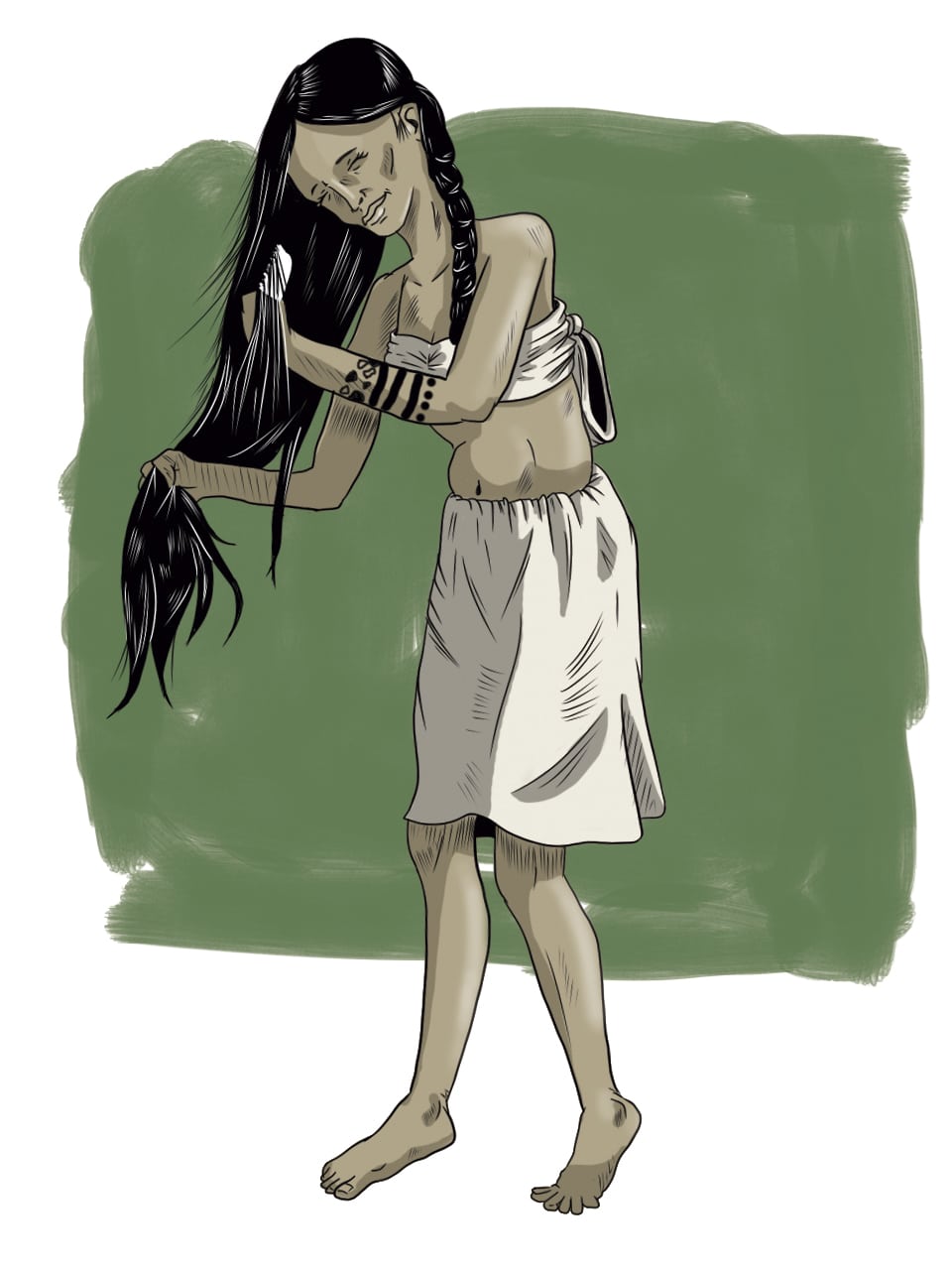

Her beauty captivated Nicoyán (Nicoa), the last heir and leader of the Great Chorotega Nation. They began a passionate romance, but it was a forbidden love.
Nandayure’s father was also a powerful rival chief who did not like Nicoyán as a son in law. To hurt Nicoyán, he made an alliance to a group of outsiders who came from faraway lands to invade the Chorotegas. He decided to offer his daughter Nandayure as a wife to Don Fernán, one of the Spanish conquerors. Once the group arrived on land there was a bloody battle and Nicoyán sunk his spear into Don Fernán’s chest, mortally wounding him.
After the fierce fight, the Chorotega were beaten by the Europeans. Nicoyán, dying, crawled to a well for a sip of water. There he found the body of his beloved Nandayure.
They lived their love together, and they died tragically together. It is said that the princess watches over and protects the canton that carries her name from Cerro Azul which, at 1,018 meters high, is the highest in the Nicoya Peninsula.
Chief Nicoya (Nicoyán or Nicoa)
He was the last great ruler of the Chorotega. Chief Nicoya was a descendant of the first Chorotegas who arrived in what today is Guanacaste. They conquered all the people who lived in the region, including the Corobicí, who had South American roots. He was the lord of all Chorotega peoples.

In 1522, the Spanish conquistadors arrived, led by captain Gil González Dávila. They were able to verify Nicoya’s supremacy over other chiefs, and his name lives on today in Guanacaste’s second canton, a gulf, and a peninsula.
As forthe origin of his name, it is traditionally attributed to the Nahuatl language, which the Aztecs spoke, and it means “path of warriors,” or “corn on either side.” However, other researchers claim that his name is Chorotega.
Nosara and Curime
One of the most gorgeous beaches in Costa Rica’s Northern Pacific is named afterthe beautiful princess Nosara. The legend says that Nosara, the daughter of the powerful chief Nicoa, was in love with Curime, the son of a high governor who lived in a village near Nicoya.
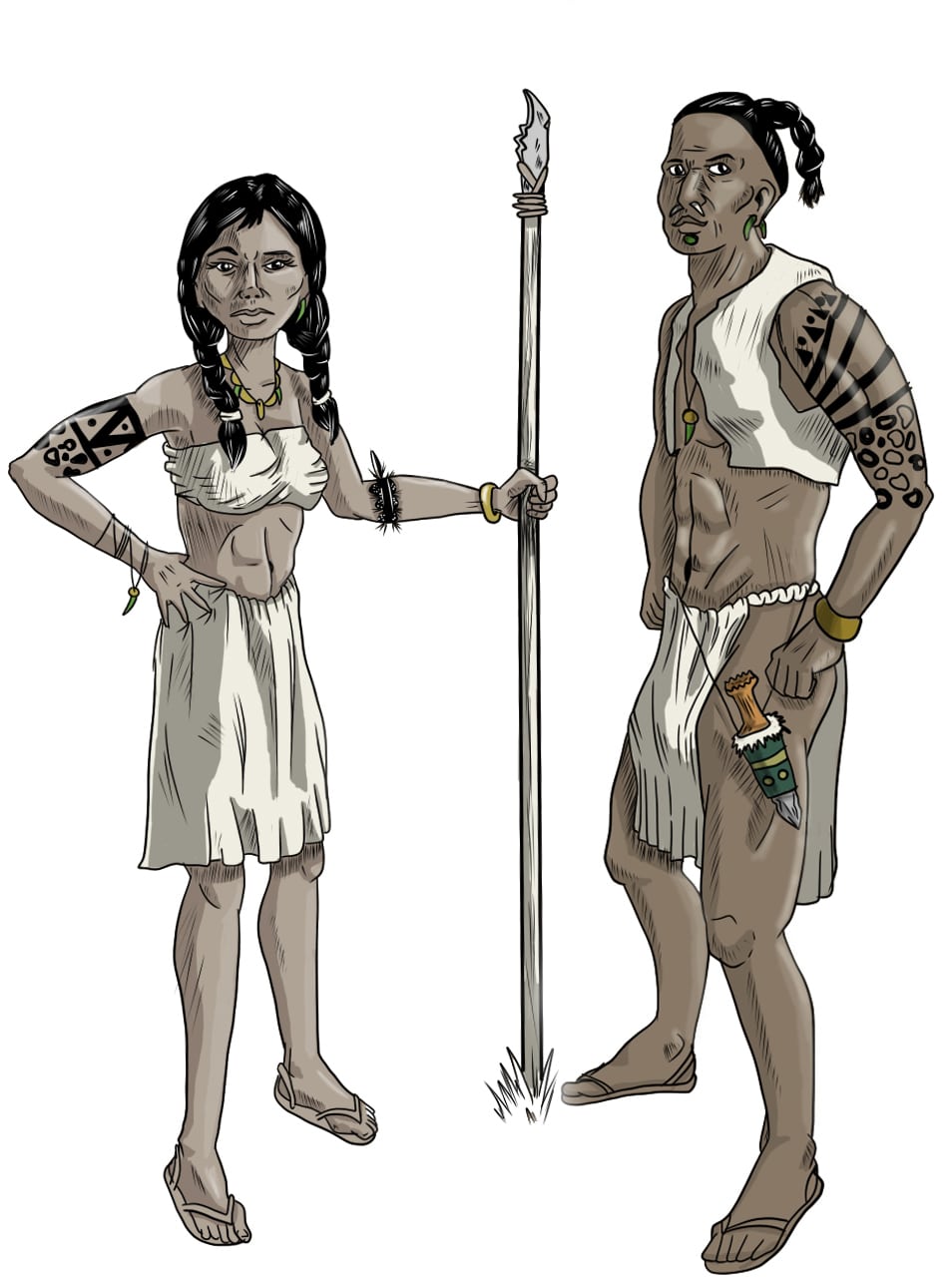
Nacaome, a fierce warrior who lived on Chira Island and was a big rival of the Chorotega, was in love with Nosara, but chief Nicoa did not accept him. What’s worse, the princess did not love him back.
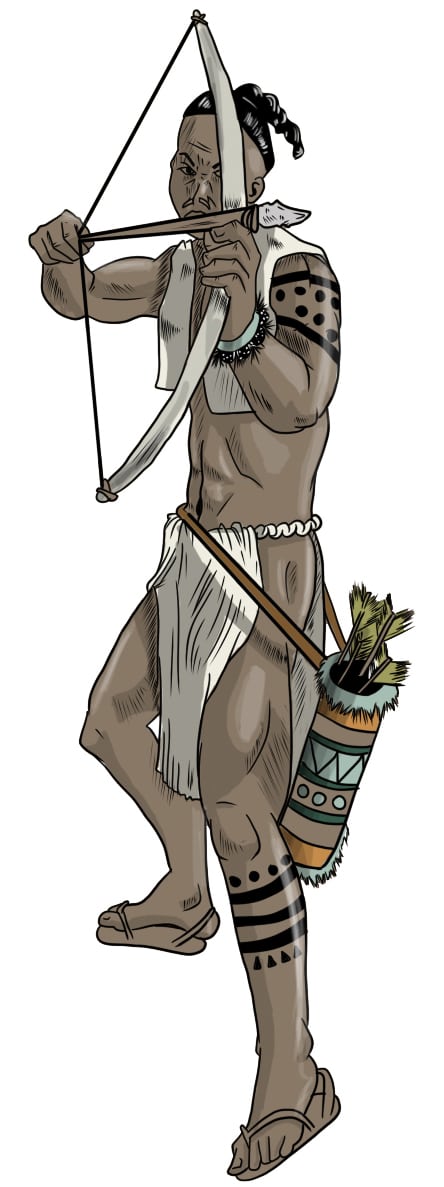
The heartbroken Nacaome took the Nicoyán people by surprise in the central plaza, and many were victims of the warriors’ spears and arrows. Amid the skirmish, the newlyweds Curime and Nosara fled for their lives.
Nacaome did not give up, and he began a merciless persecution of the lovers, who had slipped away several times from the warriors that pursued them. Finally, they were caught on the beach that today carries the princess’s name. Swearing eternal love, the couple could only hold each other as their pursuers’ arrows mercilessly pierced the young lovers’ hearts.
Other versions suggest that before fleeing their village, Nosara was able to grab some clay pots that contained his father’s treasure and she hid them on the beach that saw her die. Since them, her soul walks the beach, protecting the treasure that has never been uncovered but instead is translated into the area’s scenic beauty.
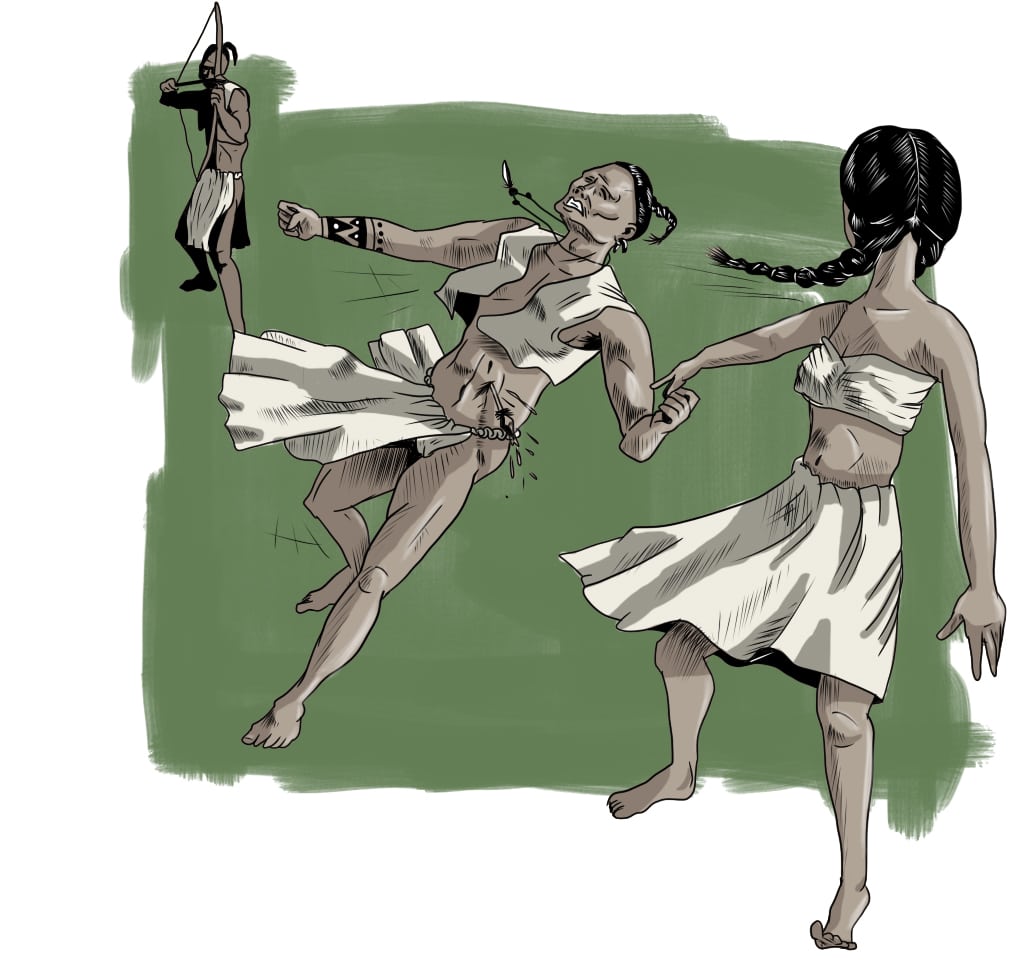
Who Were the Chorotega?
This cultural group from southern Mesoamerica arrived and stayed in Guanacaste between 800 and 1350 BC. The term “Mesoamerica” refers to the region that today includes the southern half of Mexico, Guatemala, El Salvador, and Belize, as well as western Honduras, Nicaragua, and Costa Rica.
“There was a lot of political instability during this period that forced several groups in southern Mexico (such as the Chorotega and the Nicarao) to head south to what today is Guanacaste,” explained the archaeologist Virginia Novoa, of the Jade Museum.
The archaeologist said that the Chorotega show cultural differences from the area’s original groups “in their language, their burial methods, the use of iconography, and the Mesoamerican gods on polychromatic ceramic pots.”
The Chorotega – also known as Mangues – were not the first settlers in Guanacaste, but they were the dominant group when the spanish arrived in 1522. The expedition was under the command of Gil González Dávila, who also participated in the conquest of Nicaragua and Honduras.
The Chorotega had a stratified society, meaning that it was organized in different social strata. The highest level of the hierarchy was occupied by the chief and his elite, while the rest of the population had specialized functions: shamans (spiritual leaders), artisans, warriors, etc.


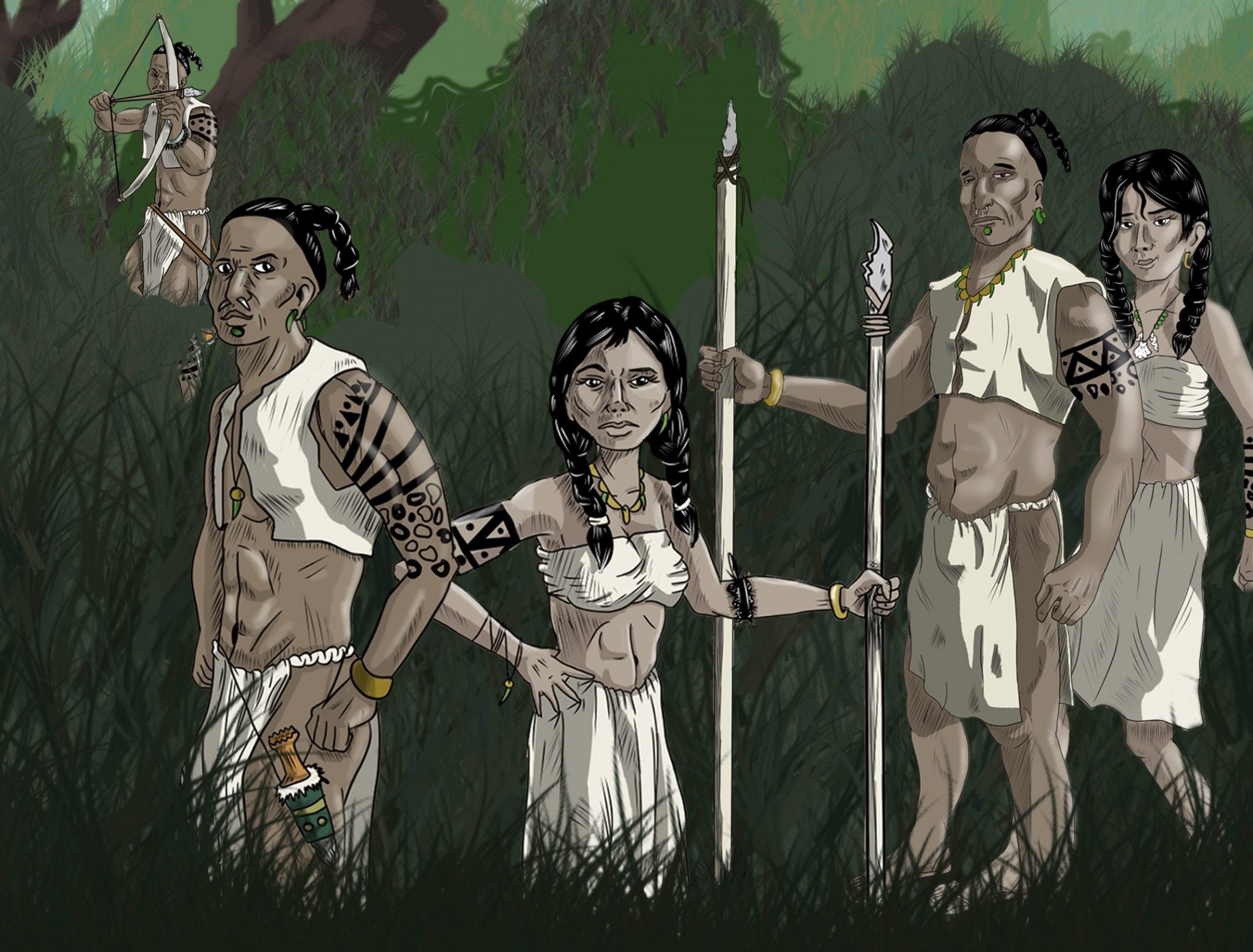
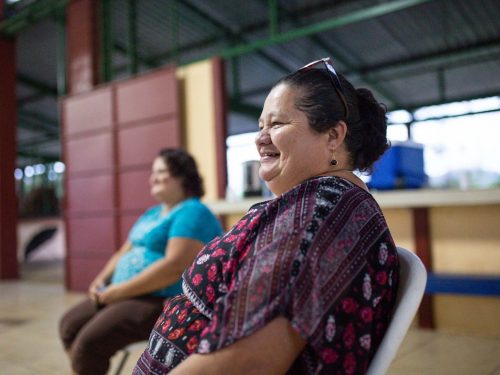



Comments